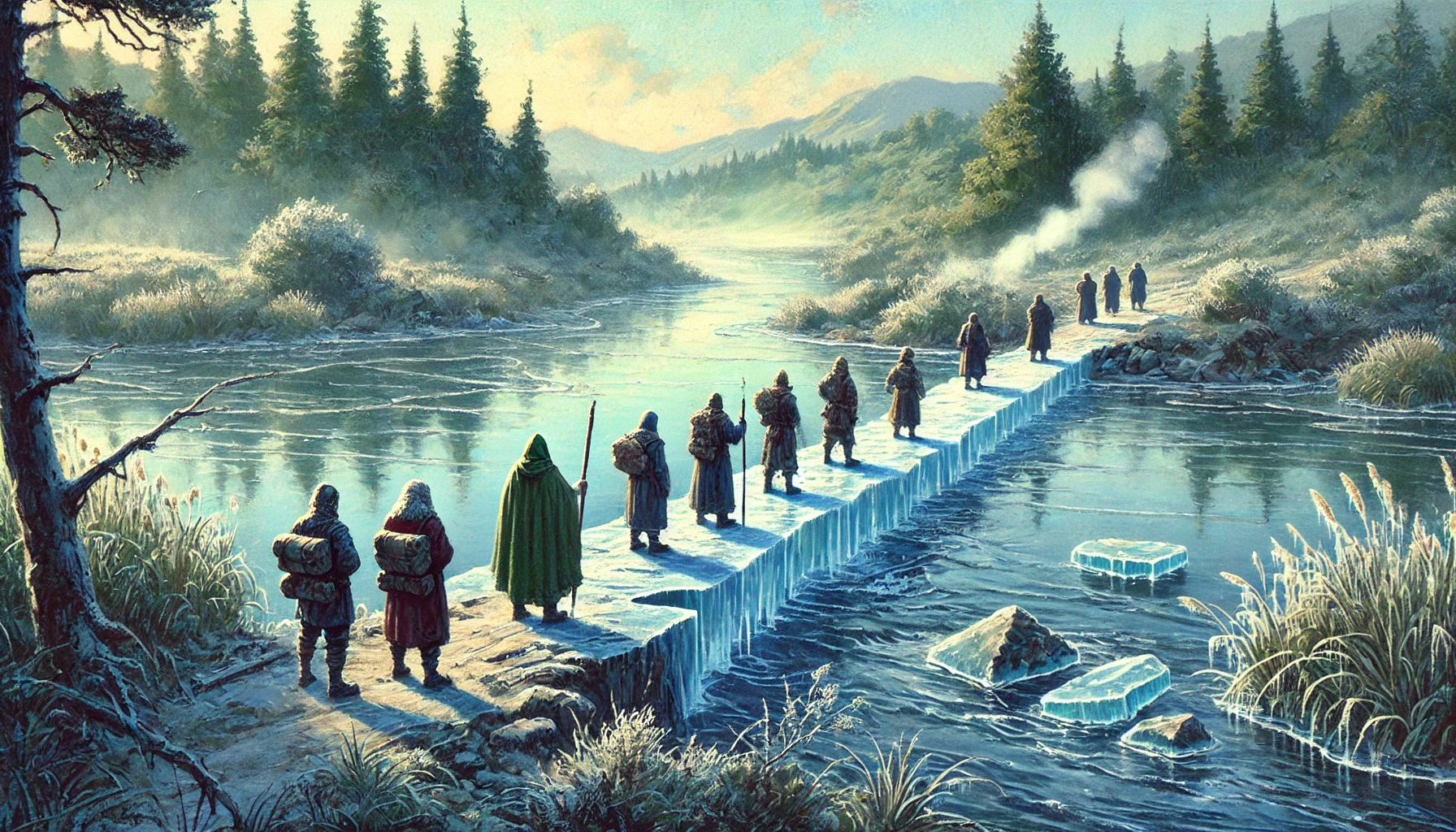Thermal Manipulation
The Aspect of Heat and Cold
Nature of the Aspect
Thermal Manipulation magic is the aspect of controlling temperature, allowing the caster to generate heat or cold in their surroundings. It is the foundation for igniting flames, extinguishing them, or even freezing objects and surfaces. This magic does not create fire or ice from nothing but redistributes thermal energy, pulling heat from one area to another, making it a delicate and energy-consuming discipline.Core Properties
- Particle Color: White
- Typical Spells: Light Fire, Fireball, Freeze
- Range: Approximately 100 meters, line of sight
Risks and Side Effects
For the Caster:Thermal Manipulation magic draws heat from the caster’s own body, leaving them freezing when creating heat and feverish when generating cold. Overuse can lead to hypothermia or heat exhaustion, depending on the nature of the spells cast. The caster’s body struggles to regulate temperature after repeated use, requiring extended recovery time to restore balance. Prolonged use may cause nerve damage or numbness, especially in extremities.
Ingredient Sourcing & Traits
Where to Find Potent Ingredients:Coastal Areas – Where species must adapt to fluctuating temperatures due to tides and seasonal shifts.
Arctic Environments – Home to creatures and plants with extreme cold resistance, essential for ice-based magic.
Geothermal Areas – Regions with natural hot springs and volcanic activity, where organisms thrive despite extreme heat.
Ingredient Traits:
Temperature-resistant structures – Flora and fauna that withstand extreme heat or cold without damage.
Thermo-regulating pigments – Organisms that change color or structure to manage heat absorption.
Steam or frost production – Plants or creatures that release vapor or ice under specific conditions.


Comments